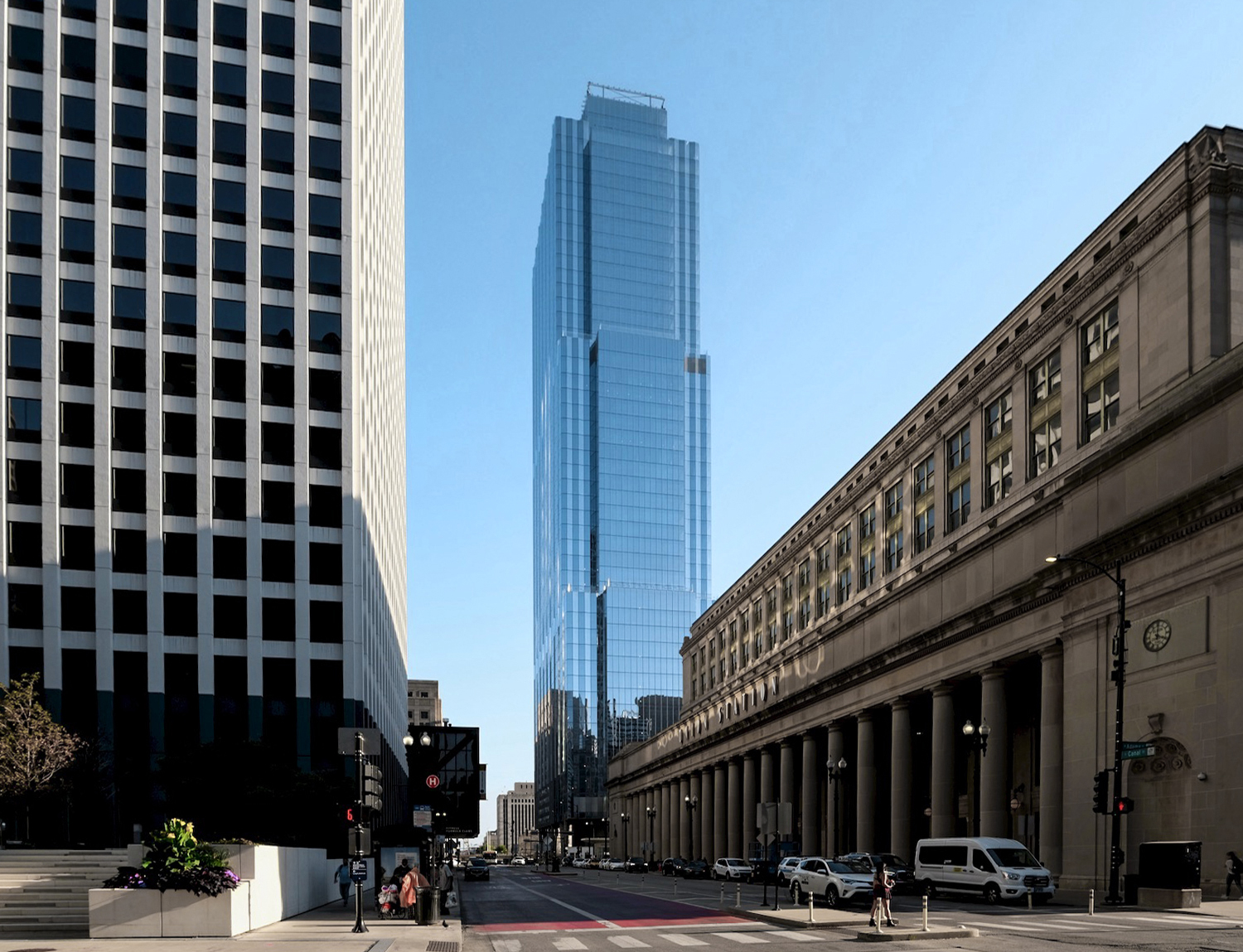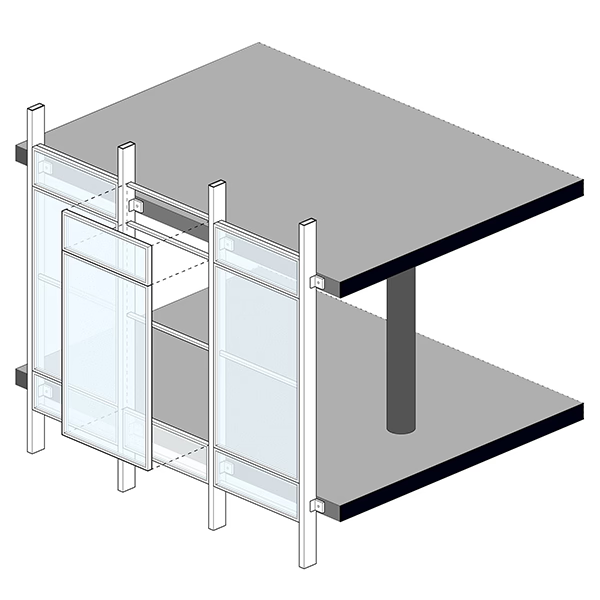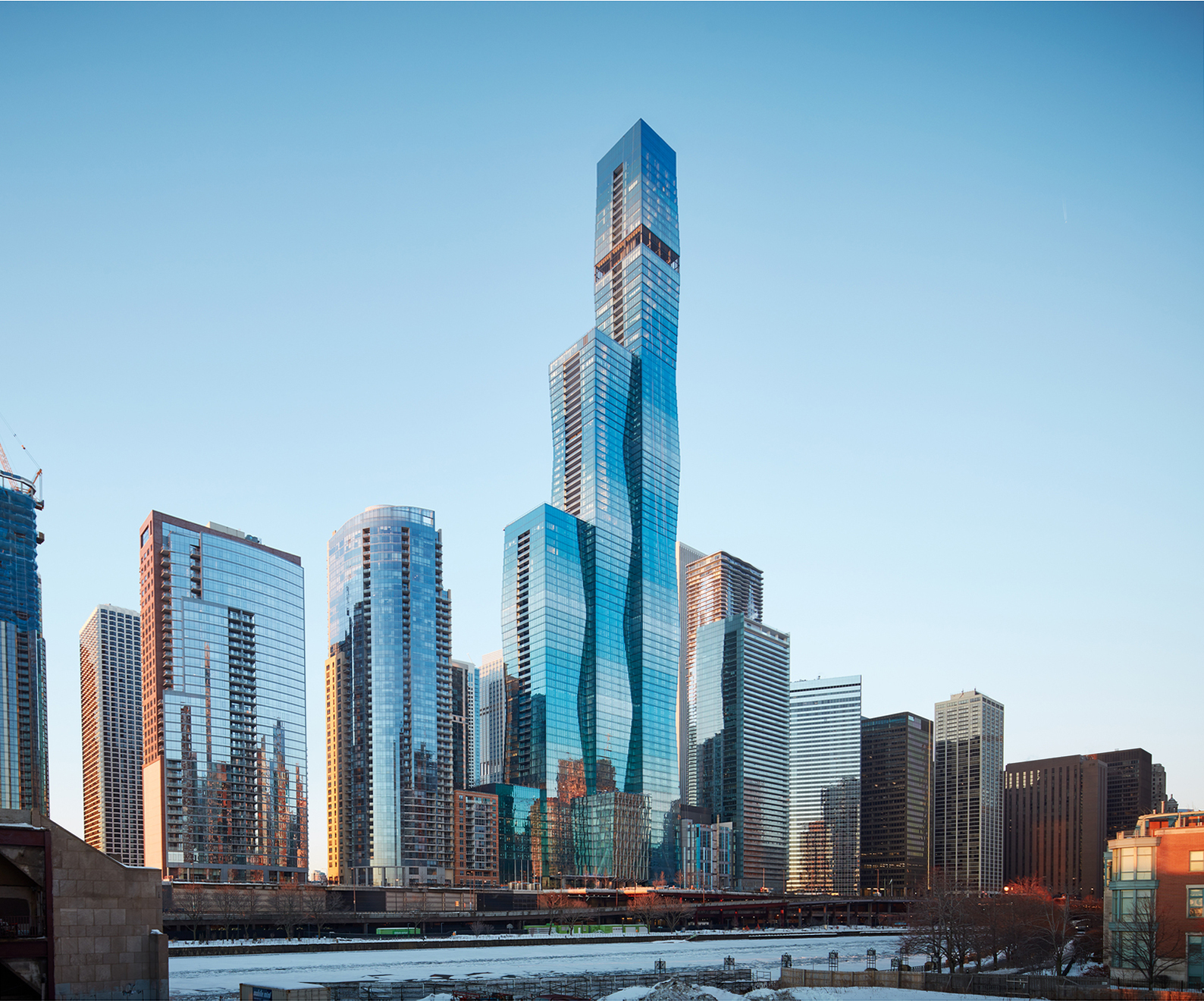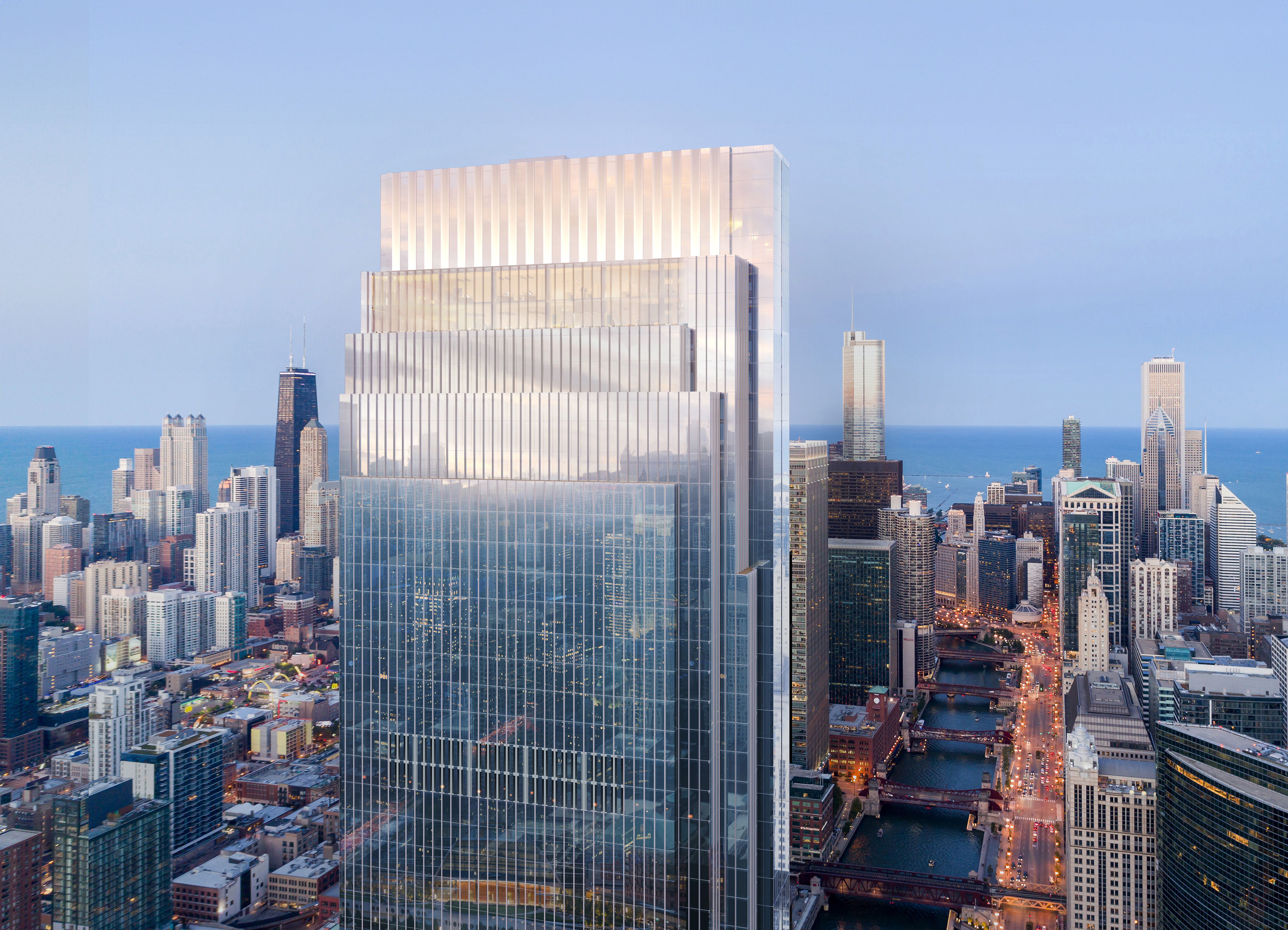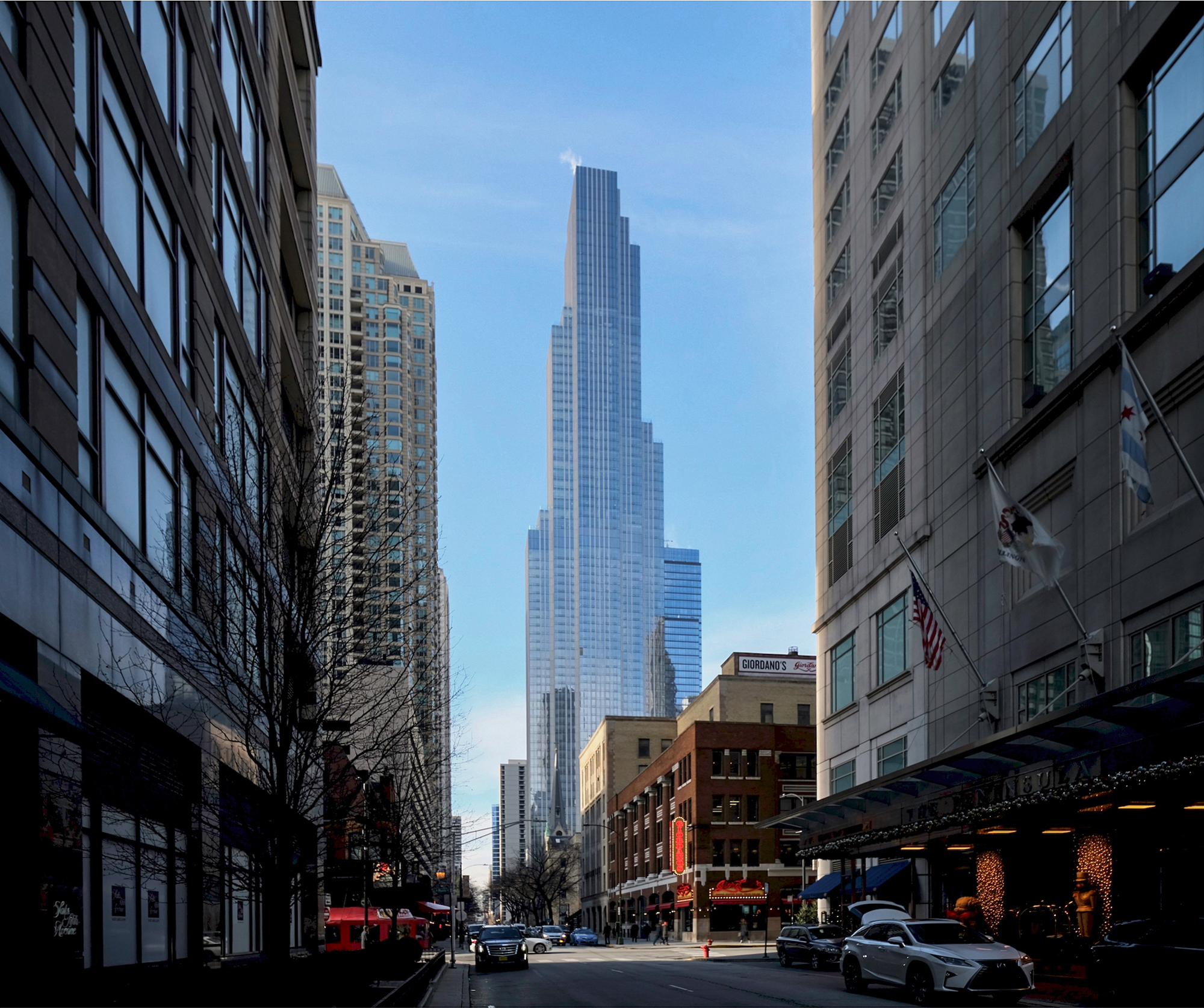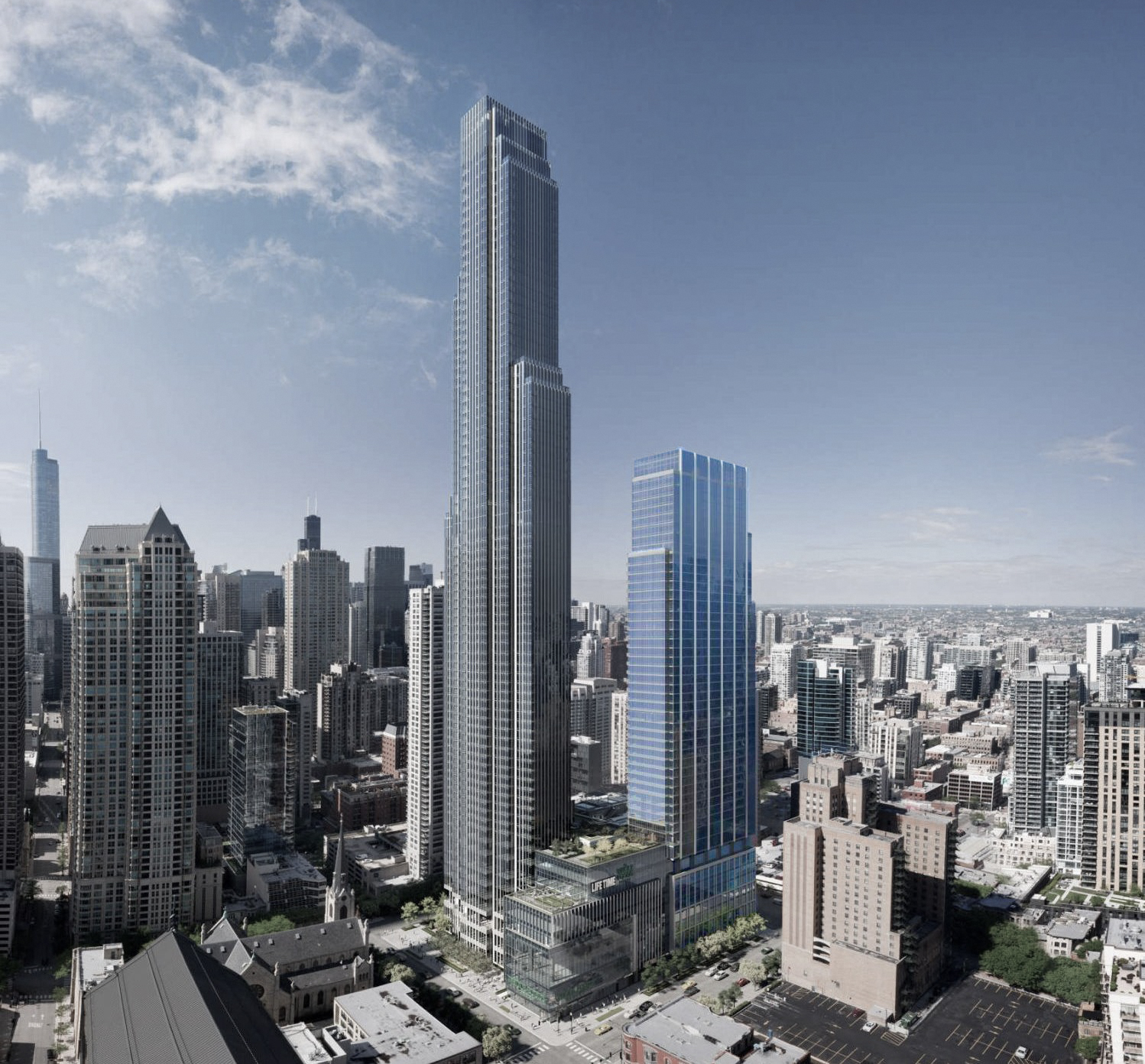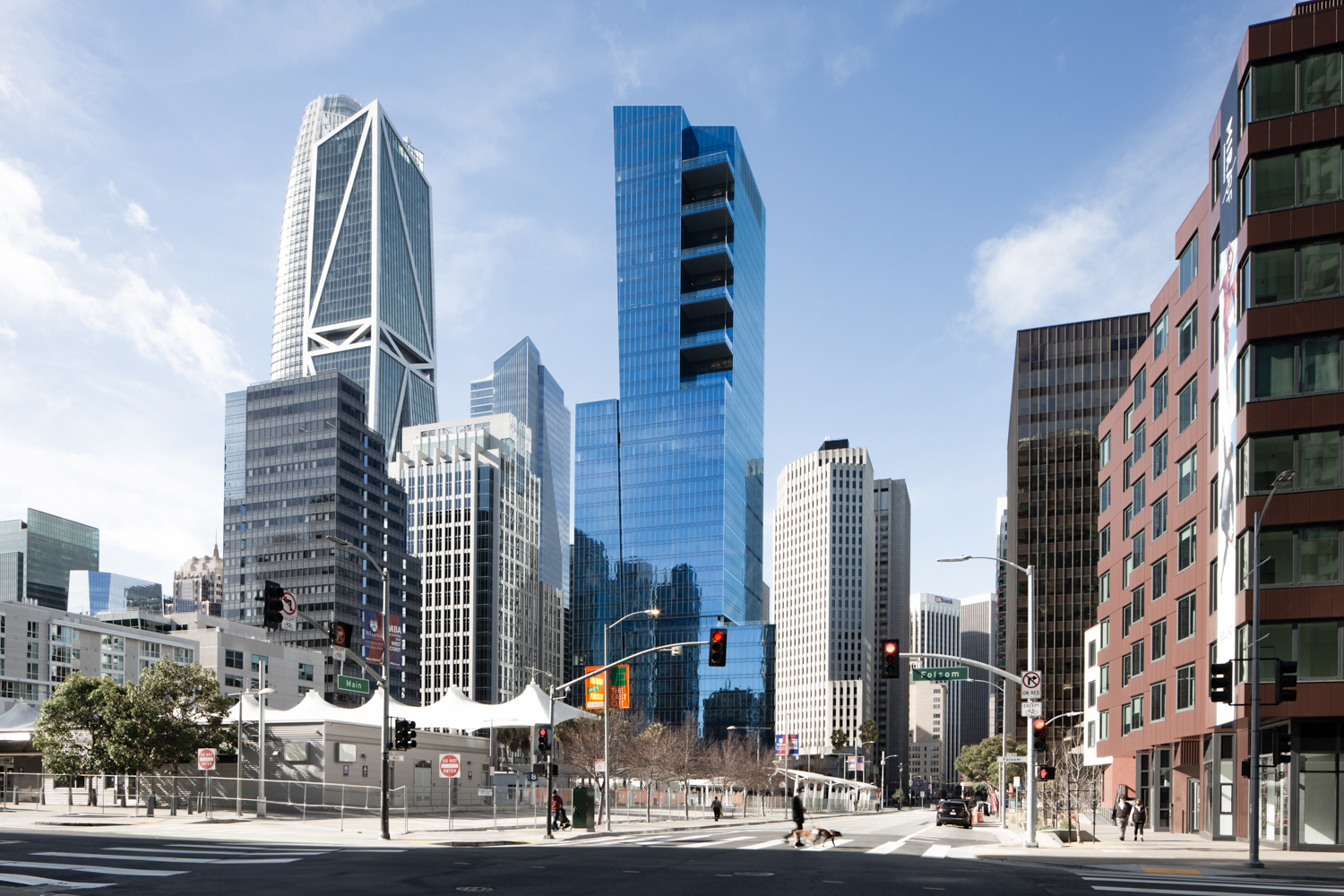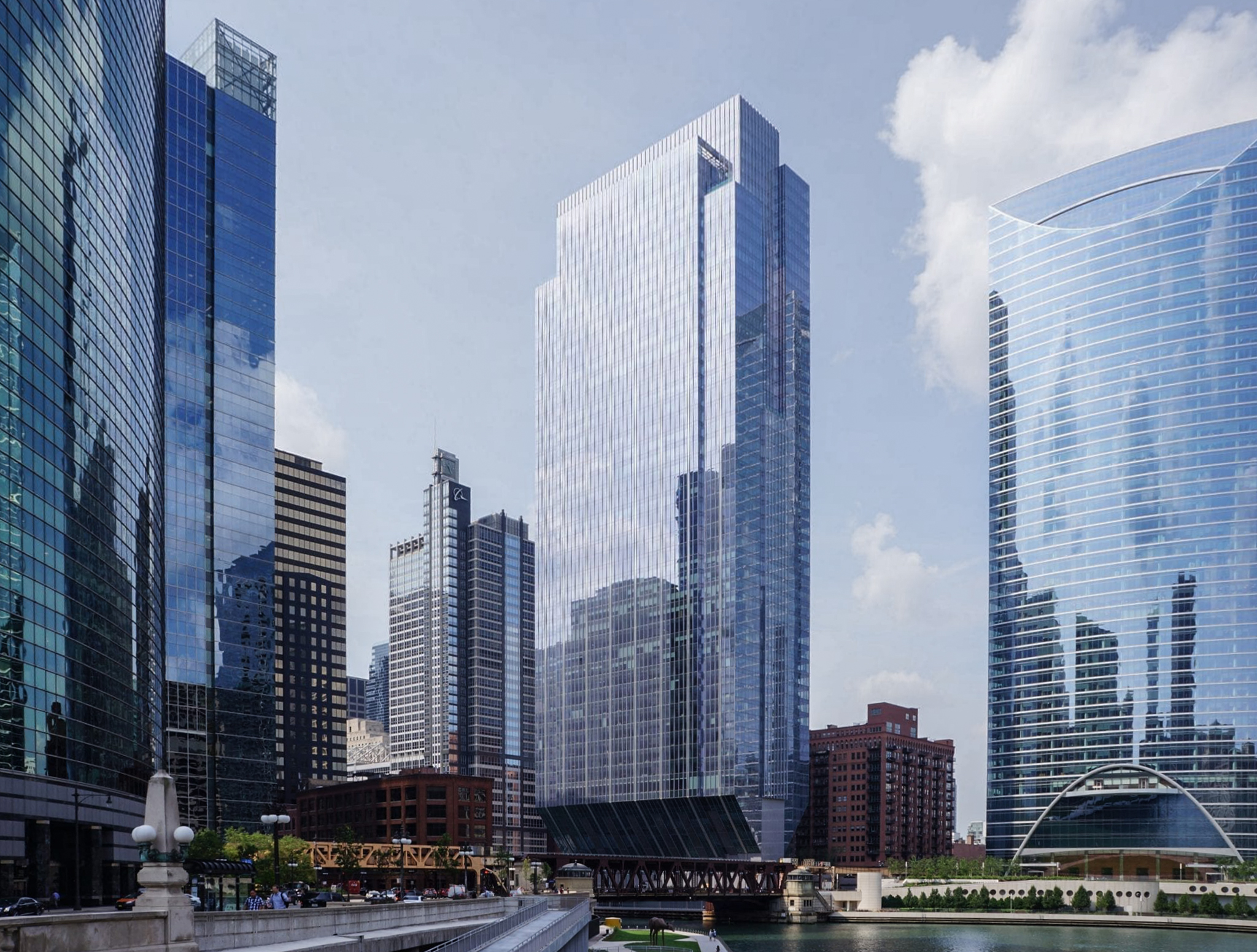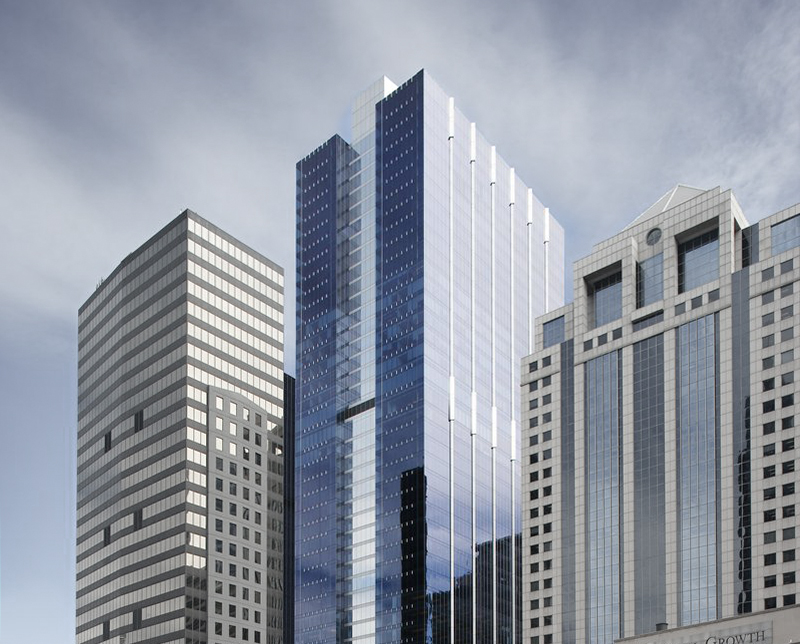The BMO Tower is a Contemporary skyscraper designed in 2018 by Goettsch Partners , and built between 2019 and 2021 in Chicago, IL.
BMO Tower is not the only name you might know this building by though. It is common for companies to want to attach their names to iconic buildings when they move in, or for the general public to come up with nicknames, and this one is no exception. The BMO Tower is also known, or has been known as, 320 South Canal Street, or Union Station Redevelopment Tower.
Its precise street address is 320 South Canal Street, Chicago, IL. You can also find it on the map here.
The BMO Tower has received multiple architecture awards for its architectural design since 2021. The following is a list of such prizes and awards:
- Chicago Building Congress Award in 2023
- Office Development of the Year by the Illinois Real Estate Journal in 2022
- People's Choice Award by the Illinois Real Estate Journal in 2022
